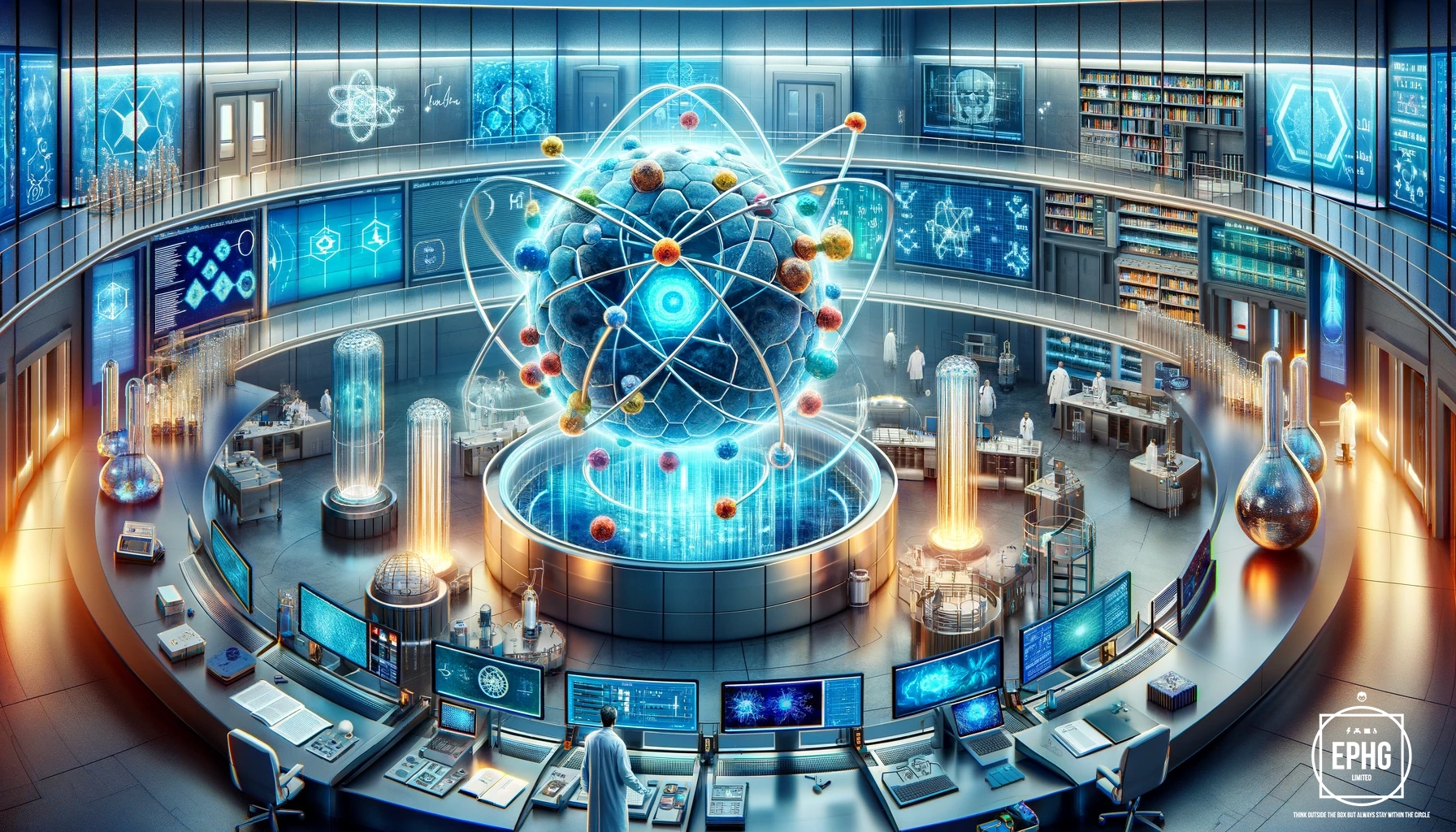Discovering Transactinides: The Frontier of Element Research
Delve into the realm of transactinides, where scientists push the boundaries of chemistry and physics to create and study elements that do not naturally exist on Earth.
What Are Transactinides?
Transactinides are synthetic elements located beyond the actinides in the periodic table, with atomic numbers greater than 103. These elements include rutherfordium (Rf), dubnium (Db), seaborgium (Sg), bohrium (Bh), hassium (Hs), and others up to oganesson (Og). Created in particle accelerators, transactinides are at the forefront of research in nuclear physics and chemistry.
Creation and Discovery of Transactinides

The synthesis of transactinides involves colliding lighter atomic nuclei at high speeds using particle accelerators. These experiments result in the formation of superheavy elements that exist for only a fraction of a second before decaying, providing brief windows for scientific study.
Significance in Transactinides Scientific Research
Studying transactinides helps scientists understand the limits of atomic stability and the properties of matter under extreme conditions. Research on these elements contributes to developing new materials and enhancing our understanding of the forces that hold atomic nuclei together.
Applications and Potential Uses of Transactinides

While currently there are no commercial applications for transactinides due to their instability and short lifespans, ongoing research explores potential uses in medicine, industry, and energy. Theoretical studies suggest that some superheavy elements might exist in a stable "island of stability," which could have groundbreaking implications if realized. This hypothetical stability could potentially lead to innovations in nuclear reactors and advanced medical therapies. Scientists are also investigating the unique properties of these elements to develop new materials with unprecedented characteristics for use in technology and engineering. These exploratory studies pave the way for future applications that could transform various sectors if practical and stable isotopes are discovered.
Challenges of Transactinides in Research

The extreme instability of transactinides poses significant challenges in their synthesis and study. The short half-lives of these elements require highly specialized equipment and rapid, precise measurement techniques to observe and analyze their properties before they decay.
This wide image captures the intense and complex environment of a high-tech laboratory dedicated to the research of transactinides. The scene vividly illustrates the challenges faced by scientists working with these unstable elements. Advanced scientific equipment fills the lab, designed specifically for the synthesis and rapid analysis of transactinides. Researchers are depicted using precise measurement tools that are crucial for observing the fleeting properties of these elements before they decay. The urgency and specialized nature of this research are palpably conveyed, highlighting the cutting-edge techniques required to push the boundaries of chemical science.
Frequently Asked Questions about Transactinides
- How are transactinides created?
- Transactinides are created by bombarding lighter elements with ionized particles in a particle accelerator, leading to nuclear fusion.
- Why are transactinides important?
- They expand our knowledge of chemical elements and test the predictive power of the periodic table, challenging our understanding of chemical and physical theories.




















